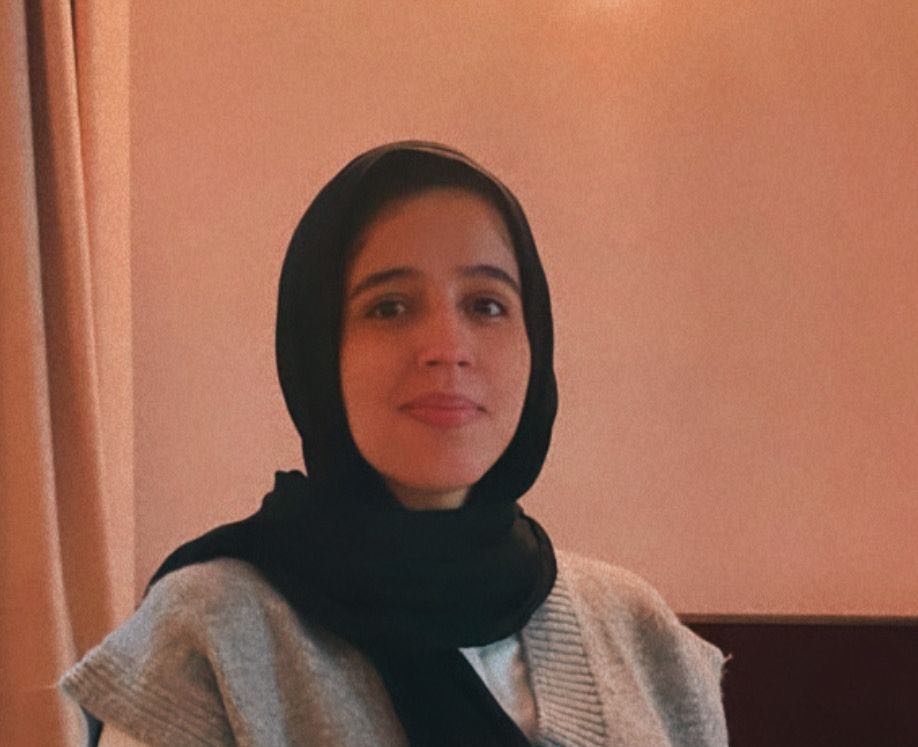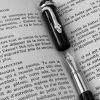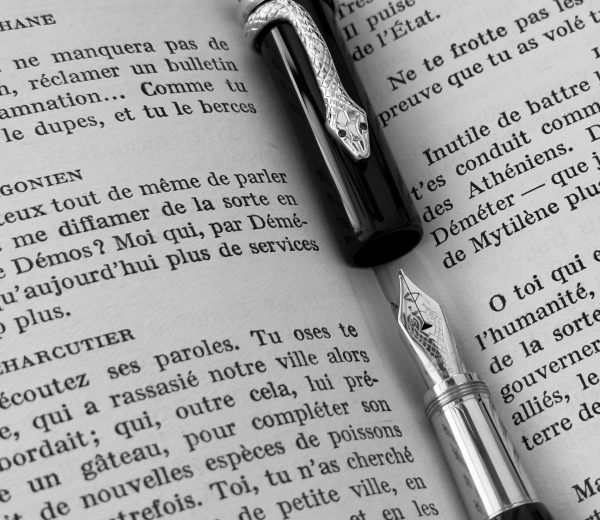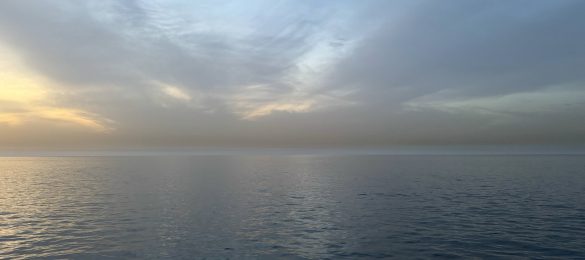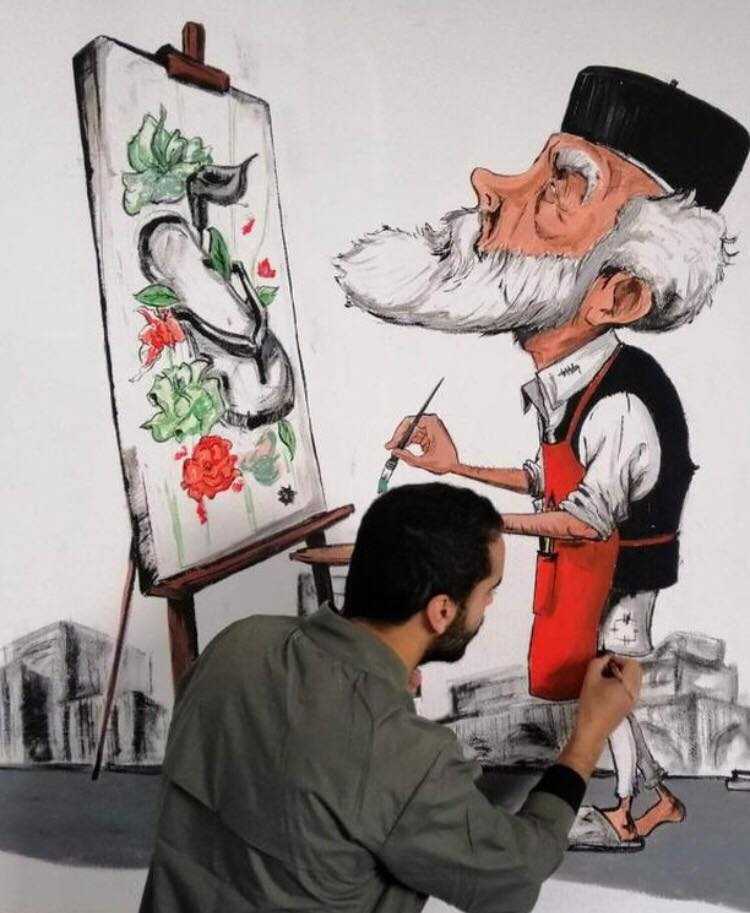
A caricature is a form of visual art that is presented in a drawing of a real person which exaggerates certain features but still preserves the identity and the overall look of the person. Caricaturists can create imaginary figures using this form of art as well. They have wielded significant power with their pen. In the early days of the genre, they transmitted messages without the need for the written word, important at a time in history when the majority of the population could not read.
In Libya, one of the most famous figure is the caricaturist, Mohamed Al-Zwawi, who managed to capture the struggles and misfortunes of Libyans in a sarcastic way which made people laugh but also made them realize the size of the problem at that time and what a tool better than caricature to document political, social, and economic injustice in that period which was easily comprehended.
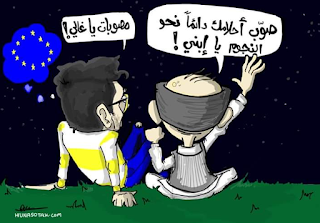
However, another amazing caricaturist emerged and revived this form of art in Libya again. Suhaib Tantoush is a 24-year-old law graduate and caricaturist who has documented many political and social events within the Libyan society with his talent. Especially, what Libyans have been going through after 2011 revolution. Suhaib has been described on many occasions as the successor of the late caricaturist Al-Zwawi.
I had an interview with Suhaib and I asked him so many questions in order for me to understand his passion and what it means to be a caricaturist in today’s world. Suhaib started drawing ever since he was a kid. He used to imitate his older brother by doing what he did and from that, he found himself drawing and using art as a way to express himself. He said that it was gradual until he found his way in this form of art. When it came to caricature, it all started when he was in fifth grade in religious studies class when the teacher asked students to explain the lesson. Suhaib decided to draw the idea of the lesson in a caricature approach and he managed to make the teacher and his classmates laugh at the way he explained the lesson in a simple but funny way.
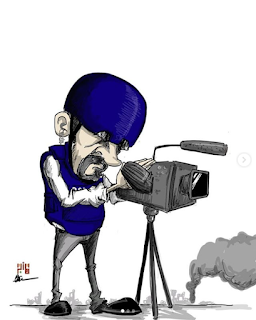
That made him realize that art is a tool to deliver meaning and can make people laugh. Even at that time, he wasn’t specifically into caricature as the form of art he used, not until he came back home from the UK in 2006 when his grandfather, may his soul rest in peace, gave him a book for Mohamed Al-Zwawi (titled The Other Face (in Arabic)), a famous Libyan caricaturist, who has shaped this art and left a mark in the Libyan society until today. Suhaib was very inspired by Al-Zwawi and that book was a turning point for him.
Al-Zwawi expressed Libyan struggles in Gaddafi’s era in terms of social injustice, economic restraints, political changes and other issues in relation to many parts of the Arab world, for example, Palestine. Suhaib is also inspired by the caricature Naji Alali, he was a Palestinian cartoonist, noted for the political criticism of the Arab regimes and Israel in his works.
As I asked him to define Art, he replied and I quote ‘’ الفن هو اللي يزعج المرتاح ويريح المنزعج’’ and in translation: Art is what bothers the rested and it is what comforts the bothered. This definition in itself can bring out many meanings and morals and I, myself, managed to think through it.
He believes that the artistic scene in Libya is improving and it is gradually coming to the surface to the world and the Libyan community in Particular since it may have been restricted or not given much of attention or focus before. The value of beauty as presented in many artistic works has been considered a sort of privilege. The artistic scene in Libya still needs to be refreshed and many artists are still limited and haven’t gotten the chance to present their work in a larger scale and support is required for them to be seen inside and outside of Libya.
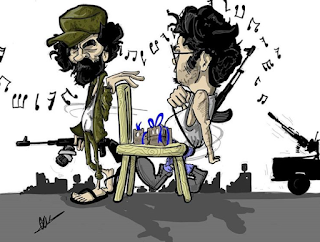
When I asked him which of his work, he is the proudest of, he said that he adopted this philosophy of not being proud of your work as to see yourself still striving for more and lacking things that would make you proud of them no matter how others see them. His vision is very clear through his work and as you read the article, I have added some of his previous work of social and political struggles in Libya. Suhaib has been adding so much to the artistic scene in Libya and he is an inspiration for so many Libyan artists. I would like to thank him for his time and his openness to answer all the questions for this piece to come out.
You can check his Instagram for more amazing pictures: suhaibtarek
